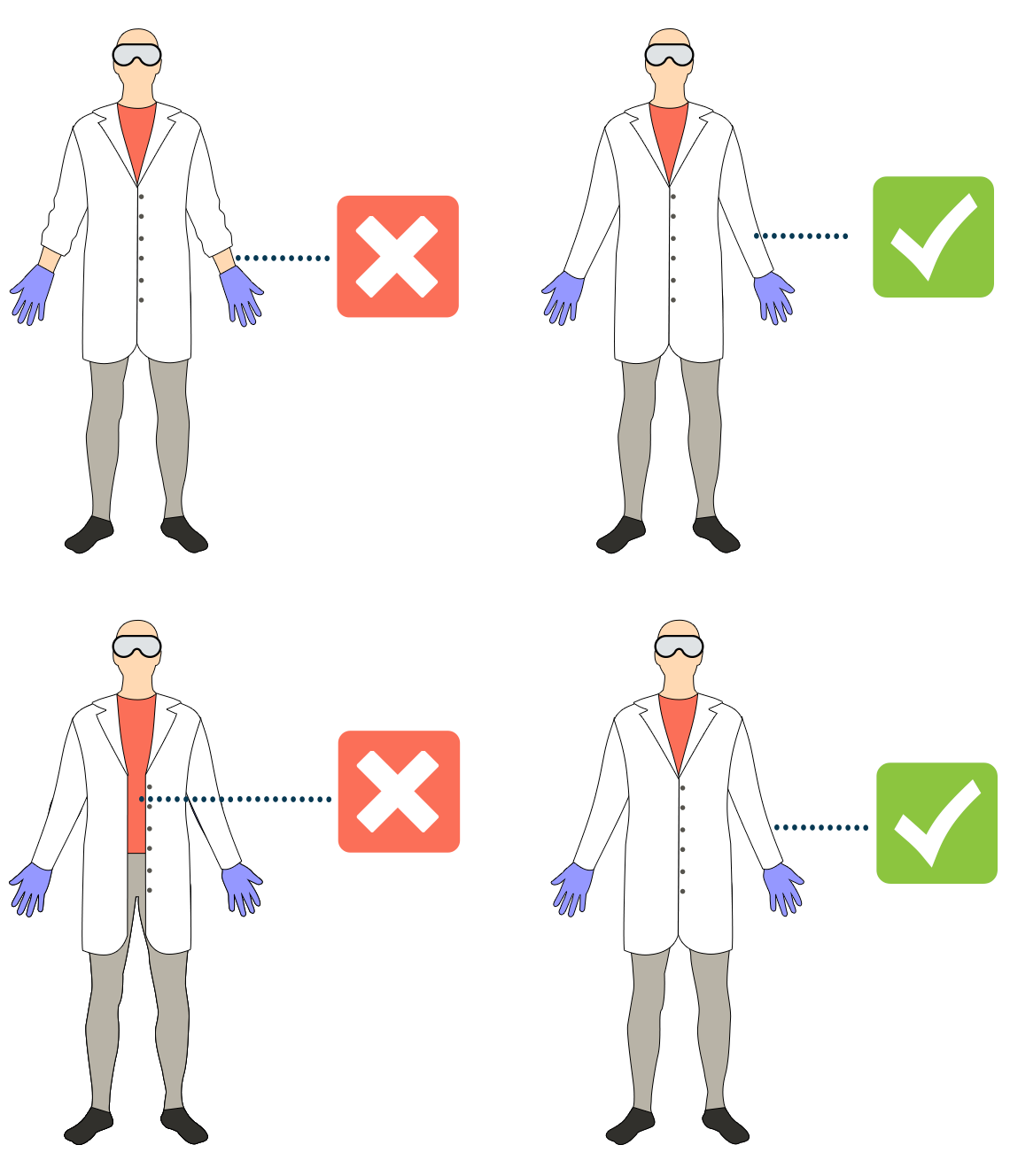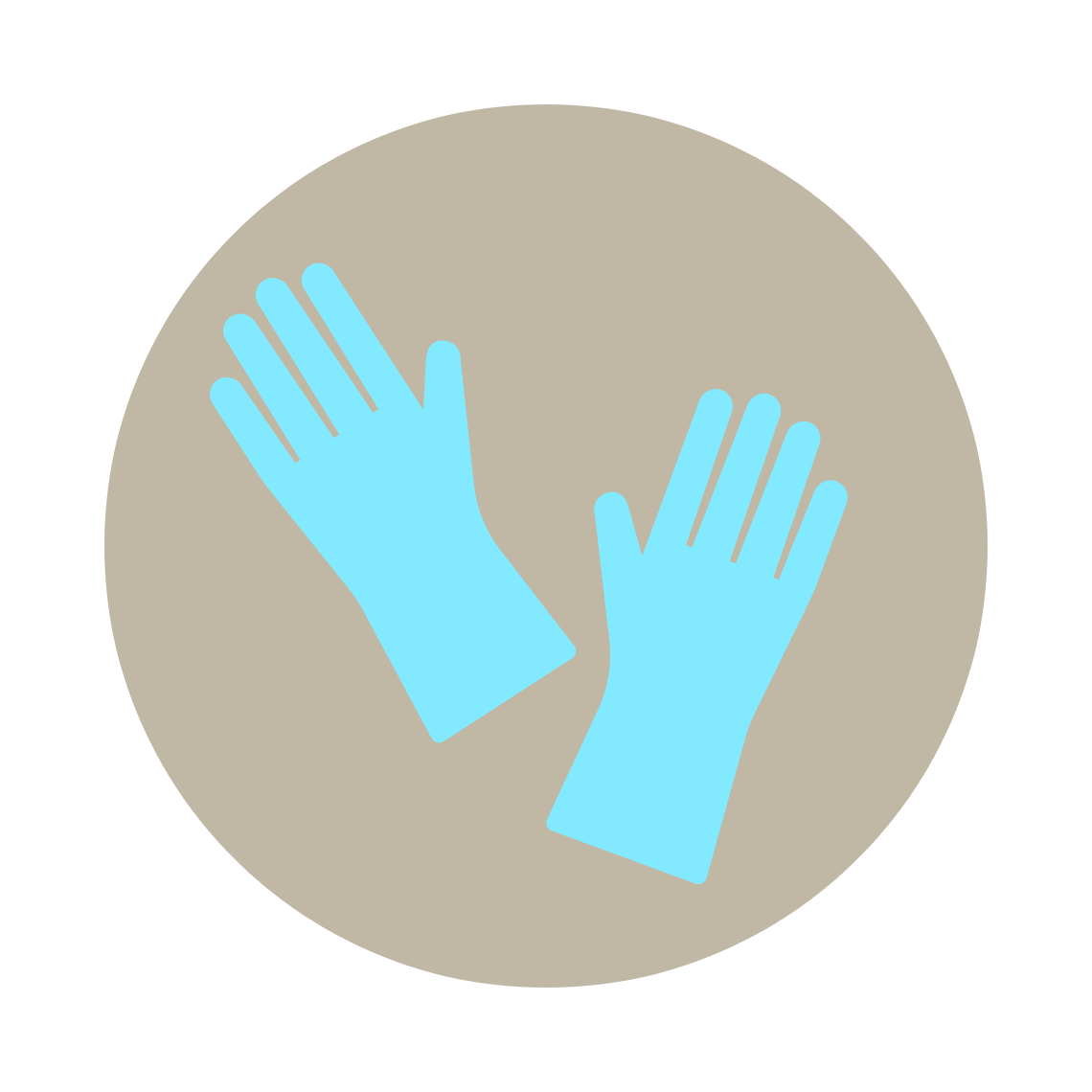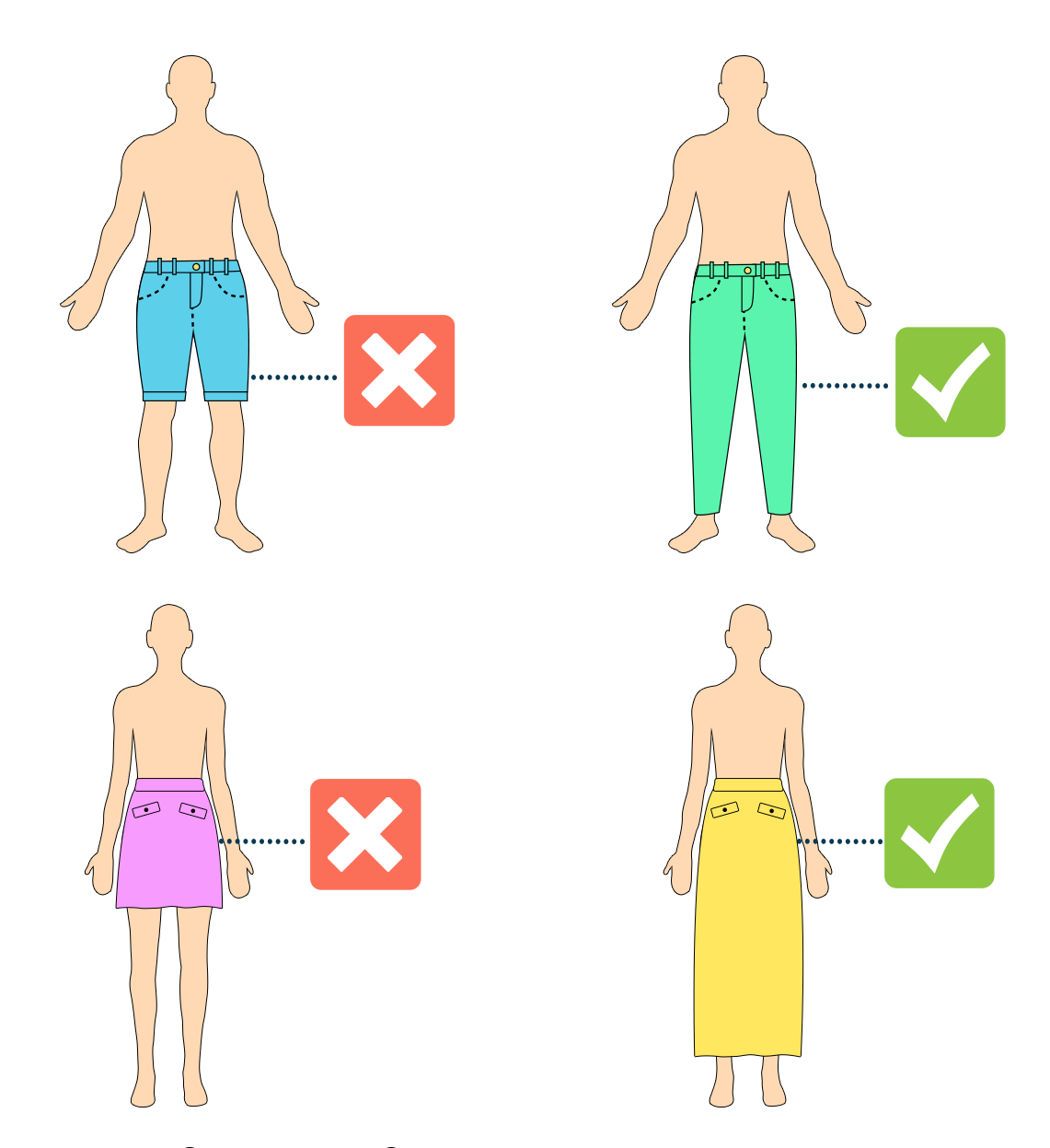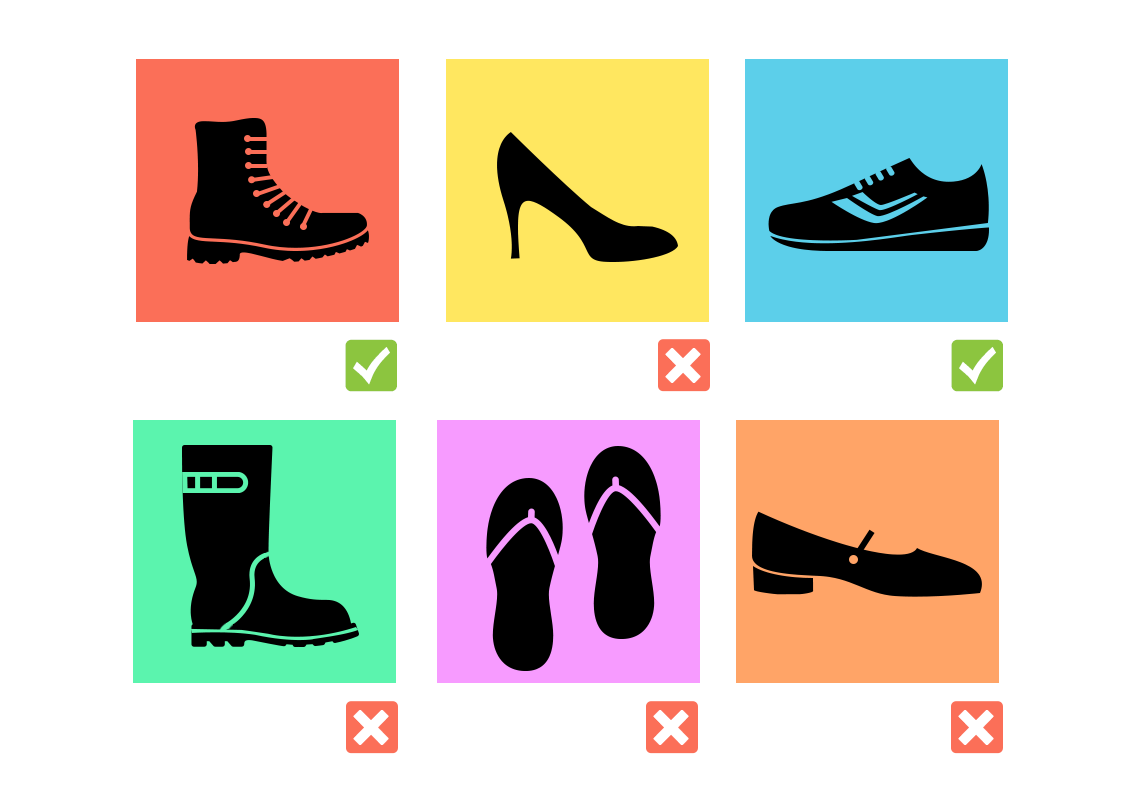Personal or collective protection and first aid
1 – PROTECTING YOURSELF
What you wear must cover the whole body to protect you from the chemicals that you will be handling.
FACE PROTECTION
Safety goggles

- To protect the eyes from chemical splashes
- Normal glasses are not sufficient
- Contact lenses are not permitted in the laboratory: they make it impossible to rinse the eye
As soon as chemicals are used. Even under the fume hood.
Safety goggles should be worn whenever chemicals are handled in the laboratory.
Hygiene caps (hair)

- Hygiene caps prevent chemicals from coming into contact with the hair
- If the cap is not compulsory hair must be tied back
- When it is required by the laboratory’s safety rules
- Otherwise, remember to tie your hair up in a bun
Masks (optional)

- Protection against particles that might enter the lungs
- Masks are not compulsory
- You are advised to wear one when handling fine powders
LAB COAT
Different types of lab coats

In chemistry
The lab coat is the first barrier between skin and chemicals. It is useful for protecting both your clothes (that you wear the whole day) and yourself. In chemistry, it has to meet the following criteria:
- It must cover you from the neck to the knees
- The sleeves must be long
- Fabric: 100% cotton
- Recommended: press-stud fasteners (easier to open)
In other cases, lab coats may have different features from those required in chemistry.
- Biology: short sleeves (when handling flames)
- Medicine: short lab coat (down to the waist)
Wearing a lab coat

PROTECTIVE GLOVES



The most commonly used gloves

- Appearance: white
- Effective: against acidic and basic aqueous solutions
- Avoid: organic solvents, flames
- Caution: latex allergies → opt for vinyl gloves instead


- Appearance: colored (blue or green)
- Effective: aqueous solutions and organic solvents
- Avoid: acids and bases, flames

- Appearance: translucent
- Effective: against aqueous and acidic solutions
- Avoid: organic solvents, flames
Choosing the right gloves
travailler-mieux.gouv.fr
THE RIGHT CLOTHING

Lower body
Full coverage
Besides the compulsory protective equipment, the individual’s clothing must cover as much of the body as possible for maximum protection.
Clothing that covers the lower body (skirt, trousers) must be long in order to protect the individual from any splashes.
Short garments such as shorts or short skirts are forbidden in the laboratory, even if the weather is very hot.

Shoes
Closed
Shoes must be closed to protect the feet from any splashes.
Ballerina pumps and flip-flops are forbidden in the laboratory. Opt for. sneakers or shoes instead.
No high heels
Footwear must allow the individual to move quickly away from the bench if a product is spilled.
Heels must not be unreasonably high. Heel lifts are allowed but high heels are forbidden in the laboratory.




